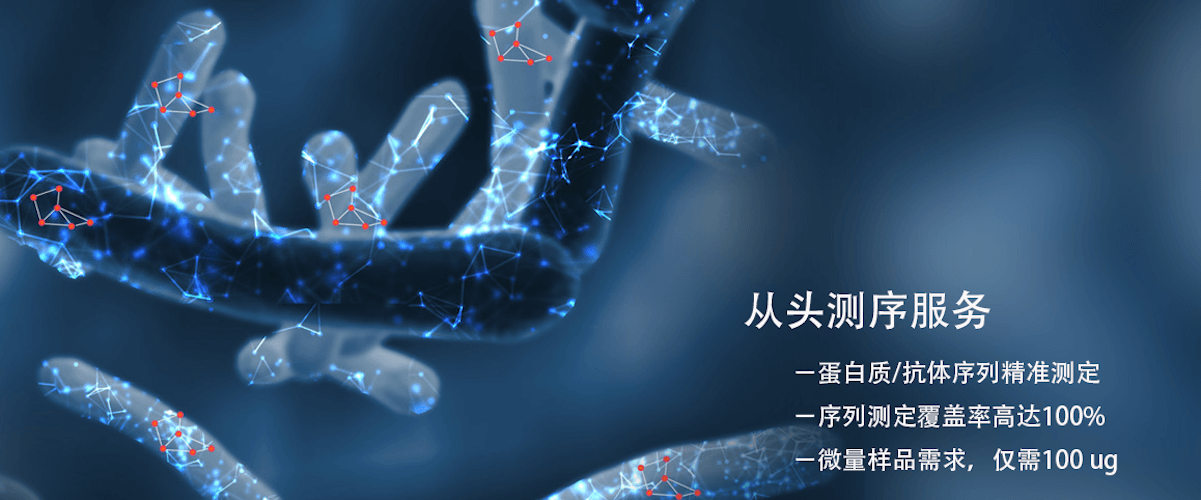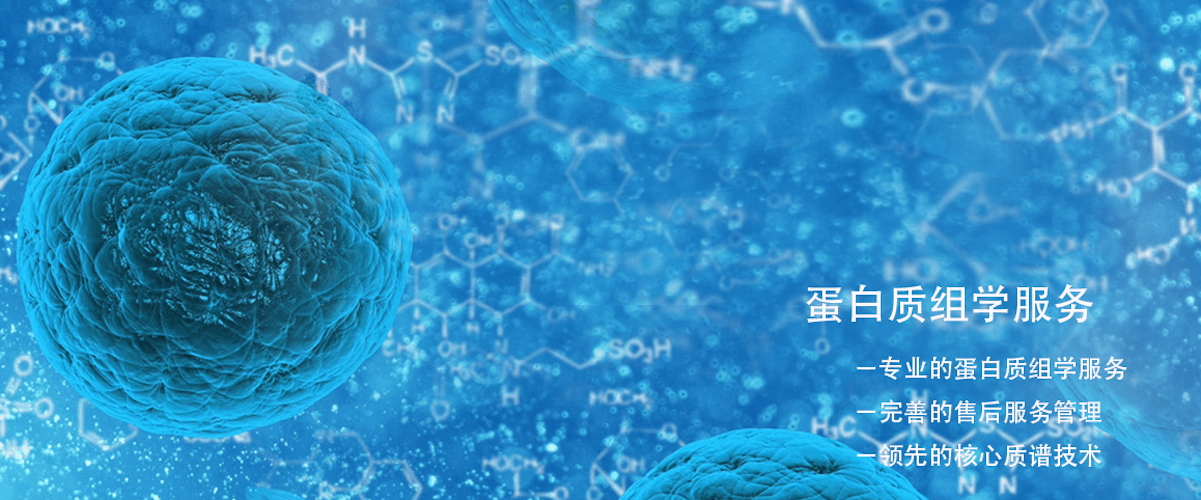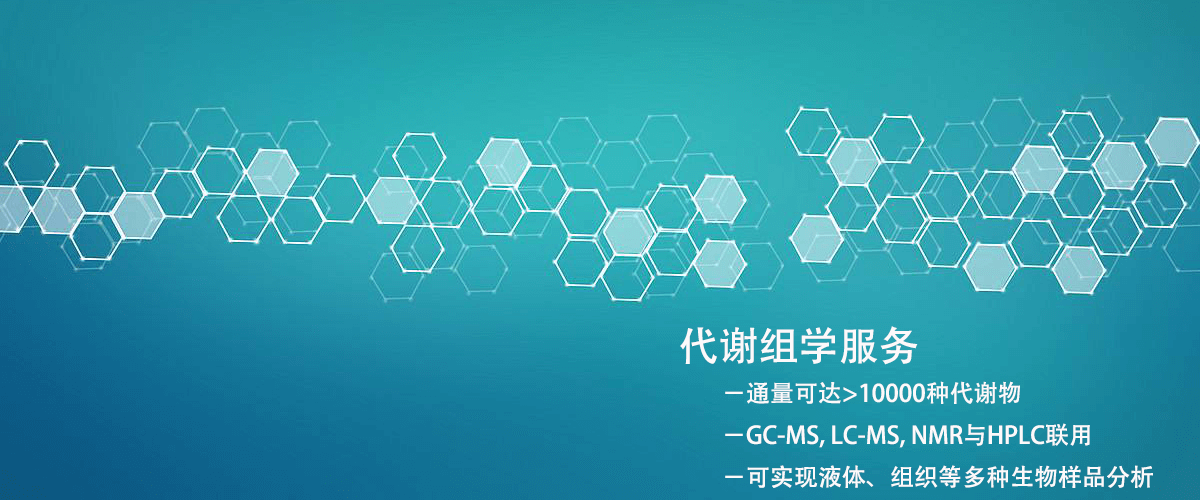De Novo Protein Sequencing Workflow
The de novo protein sequencing workflow is significant in fields such as fundamental research, drug development, biomarker identification, and disease diagnosis. De novo protein sequencing is primarily achieved through mass spectrometry techniques combined with biochemical experiments, providing valuable information about unknown or newly discovered proteins. The workflow typically includes steps such as sample preparation, protein digestion, peptide separation, and mass spectrometry analysis. High-resolution mass spectrometers greatly enhance the accuracy and efficiency of de novo protein sequencing. In this workflow, sample preparation is a crucial initial step. Samples need to be purified and concentrated into a form suitable for mass spectrometry analysis. The subsequent protein digestion step usually employs enzymatic cleavage, such as trypsin digestion, to break down proteins into smaller peptides, facilitating further analysis. Peptide separation is achieved through methods like liquid chromatography to improve the sensitivity and resolution of mass spectrometry detection. During the mass spectrometry analysis phase, the mass-to-charge ratio of the peptides is determined, and the resulting mass spectrometry data is analyzed using computer algorithms to deduce the amino acid sequence of the proteins.
Mass spectrometry data analysis is a highly challenging component of the de novo protein sequencing workflow. Advanced algorithms are required to interpret the mass spectra to accurately reconstruct the amino acid sequence. Due to the complexity and noise in mass spectrometry data, efficiently and accurately extracting useful information has become a hot research topic. Additionally, for certain specific proteins or sample sequence characteristics, specific chemical modifications or labeling may be necessary to improve sequencing outcomes.
Common Issues:
Q1. In the de novo protein sequencing workflow, how can complex samples be processed to improve sequencing accuracy?
A: Processing complex samples can be achieved by optimizing the sample preparation steps, such as enhancing protein purity, employing efficient separation techniques, and selecting appropriate enzymatic digestion strategies based on sample characteristics. Additionally, combining multiple mass spectrometry techniques or increasing mass spectrometry resolution can also help improve sequencing accuracy.
Q2. How to address noise issues encountered in mass spectrometry data analysis during the de novo protein sequencing workflow?
A: Noise issues in mass spectrometry data can be addressed through various methods, including improving the resolution and sensitivity of the mass spectrometry instruments, applying advanced data processing algorithms to remove noise, and using repeated measurements and statistical methods to enhance data reliability and accuracy.
BiotechPack, A Biopharmaceutical Characterization and Multi-Omics Mass Spectrometry (MS) Services Provider
Related Services:
How to order?





